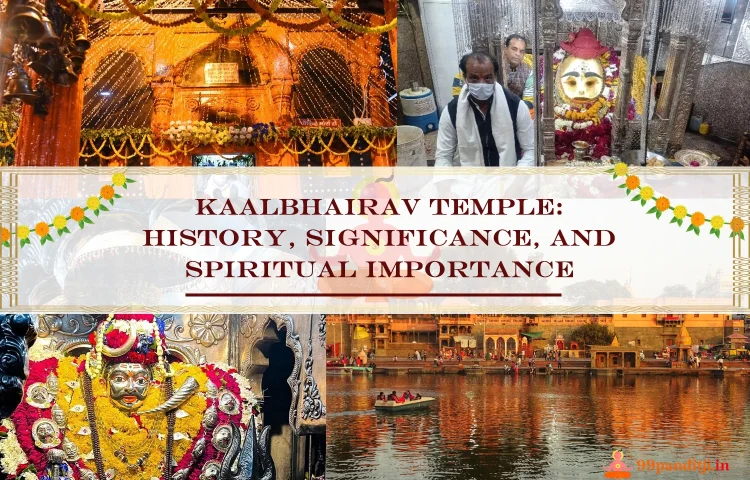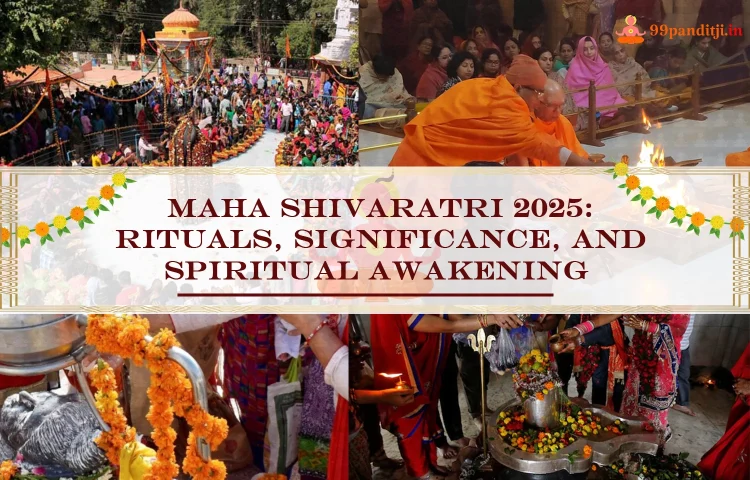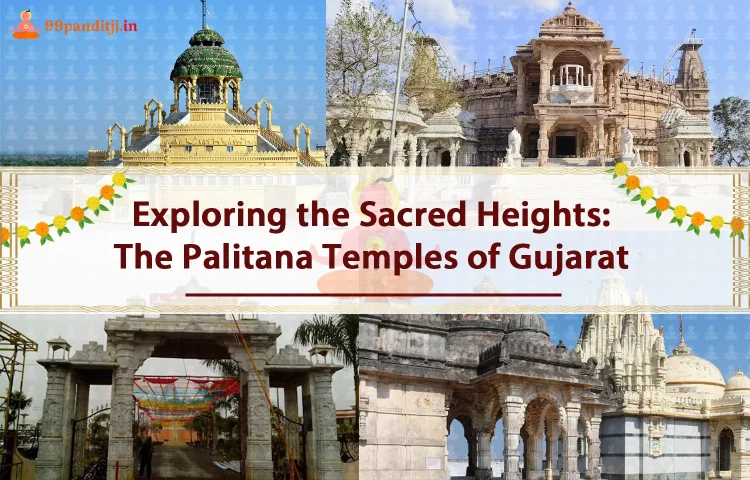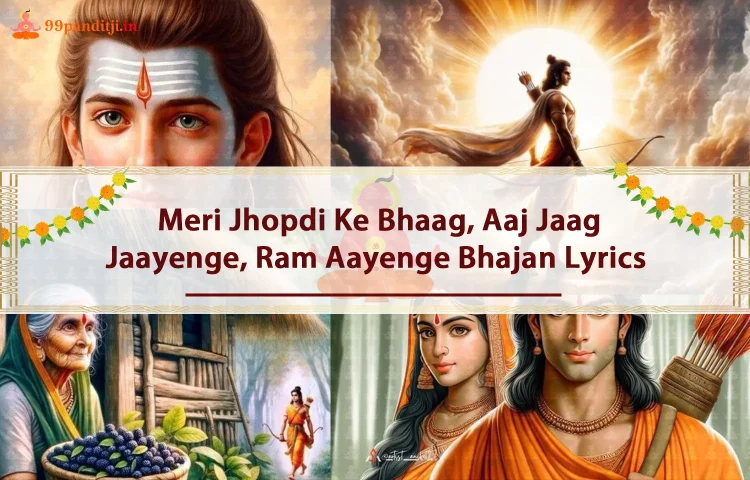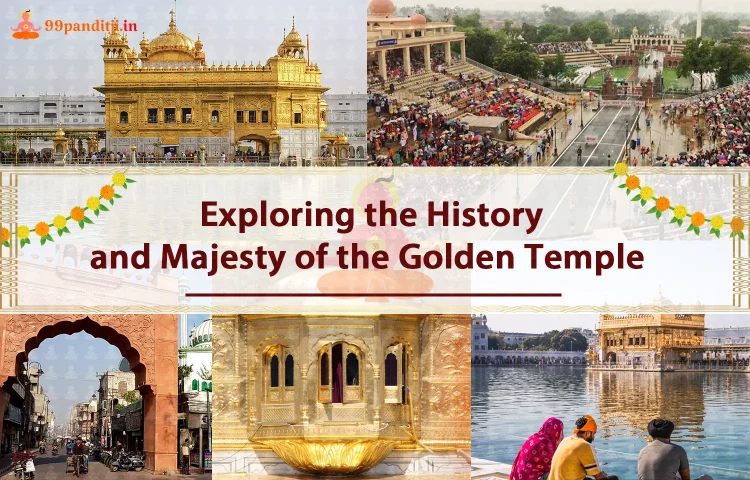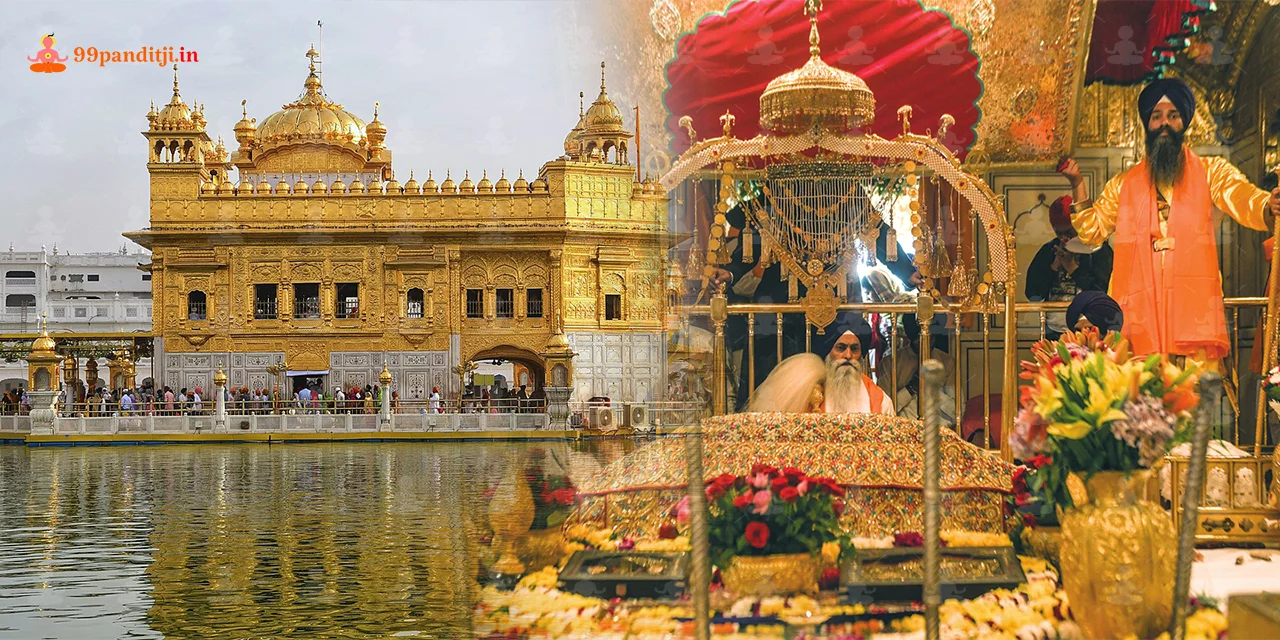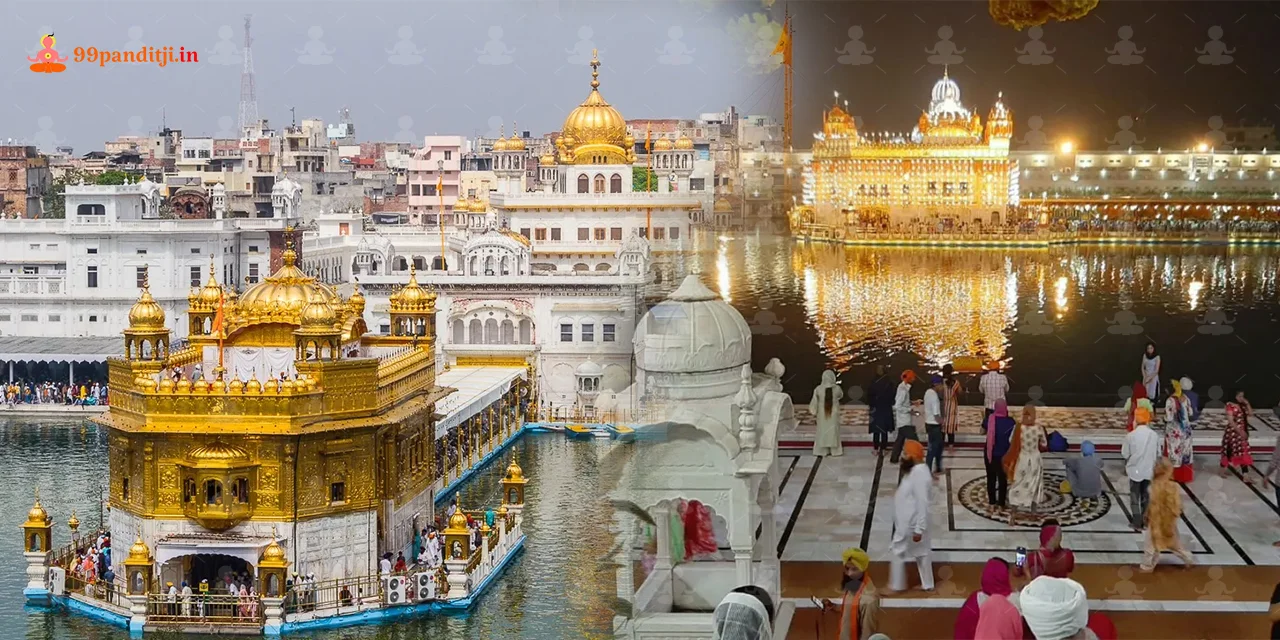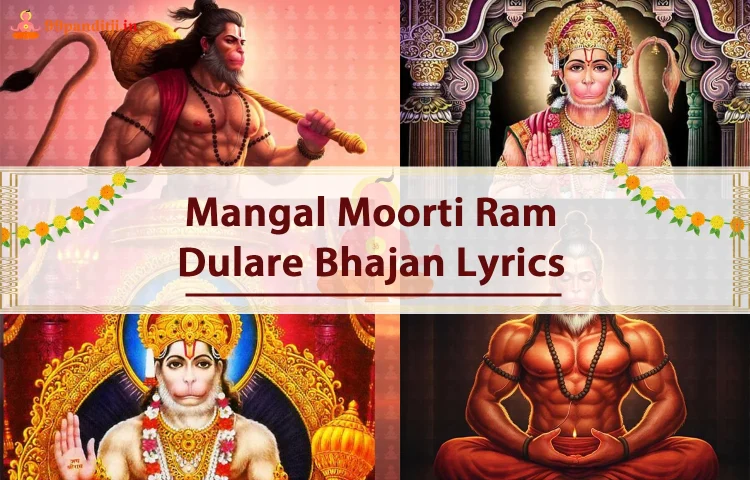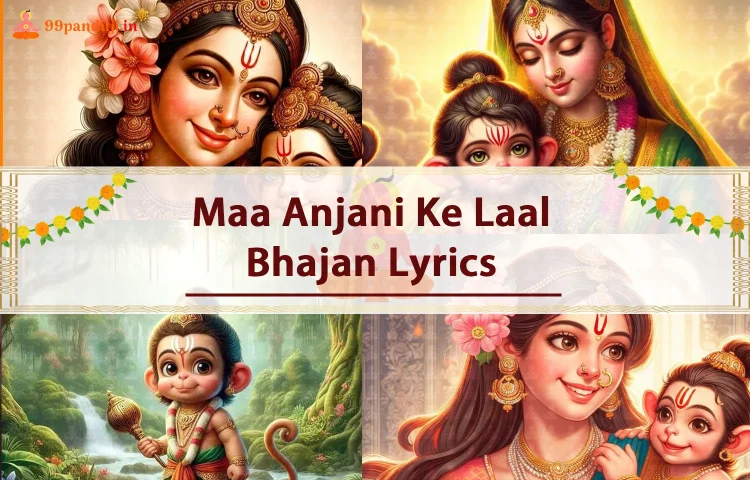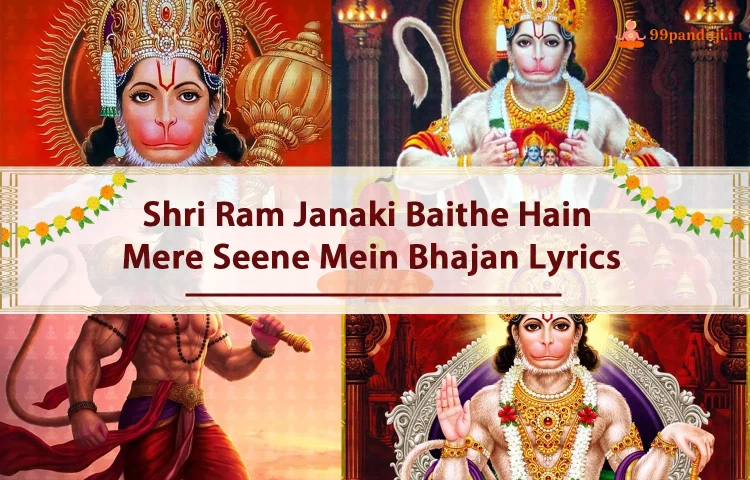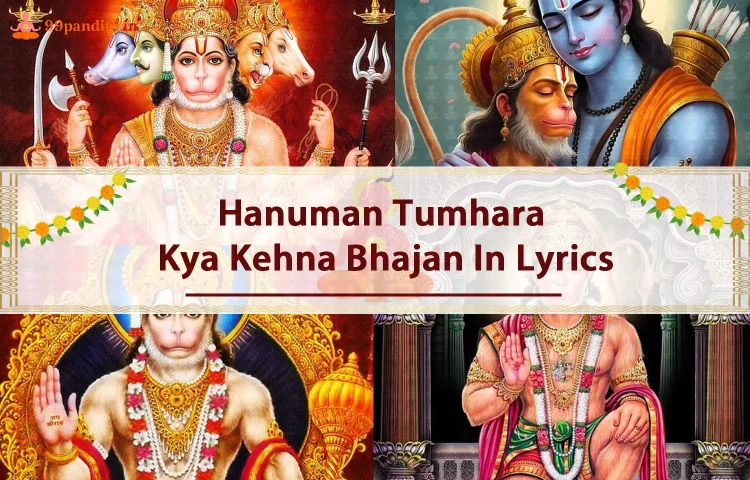Kaalbhairav temple is located where 12 jyotirlingas are located of Lord Shiva. In Varanasi, Ujjain, Gujarat, etc., people have established the Kaalbhairav temple at the location of Shiva’s Jyotirlinga. Lord Kaalbhairav, the fierce incarnation of Lord Shiva, is said to protect the city. This is the oldest temple in the city, entirely devoted to Kaal Bhairav. Kaal means ‘death’ and ‘time.’
People worship Lord Kaalbhairav effectively in Kashi, the most sacred place. This incarnation of Lord Shiva was created when he had to defeat someone. Lord Shiva appointed Kaalbhairav as the Kshetrapal.
Hence, the lord has the right to punish sinners. In the shelter of the temple, there is a silver idol of Kaalbhairav, his vehicle ‘Shvna’ means dog, hence there are forms. It is considered that your trip to Kashi is still incomplete without paying homage to The Kaal Bhairav Temple.
History of Kaalbhairav Temple
The history of the Kaal Bhairav temple in cities dates back multiple centuries. As per the Hindu legends, the temple is considered to have been developed by an unknown king named Bhadrasen between the 9th and 13th centuries AD. Models of Lord Shiva, Parvati, Lord Vishnu, and Ganesha belonging to the Parmara period (9th-13th century AD) have been retrieved from the temple. The present temple, which shows Maratha’s influence, developed over the remains of the old temple.
In 1761 AD, the Maratha general Mahadji Shinde gave his turban to the deity in prayer for success in his battle to reestablish Maratha power in North India following the Marathas’ defeat at the Third Battle of Panipat. Once Maratha’s control was effectively restored, he brought the shrine back to its former splendor. The patron god of Ujjain and a furious manifestation of Lord Shiva, Kaal Bhairav, is the object of devotion in the Kaal Bhairav Temple. Hundreds of devotees attend the temple every day, making it one of the busiest in the city. It is situated on the banks of the Shipra River.
Significance of Kaalbhairav Temple
Kaalbhairav temple is an auspicious place for the Hindus, to revere Lord Shiva’s manifestation. Also called the guardian of the city. His role is important in managing balance and harmony in the world. The Lord embodies the destruction of negativity and ignorance.
In multiple scriptures, the lord is worshipped as a symbol of time, transcending its limits. He guides the people to embrace the present, for this one finds true enlightenment. This relation in no time gives depth to his image, making him a crucial idol in spiritual methods.

Kaalbhairav is generally depicted as having a fierce demeanor. His fierce form represents the safeguard of his devotees from evil energies. This makes him popular among people who worship the lord for strength and resolution in their lives. His devotees often honor him during times of problem, wishing for his divine intervention.
The ancient text tells the origin of the lord. He incarnated to eliminate obstacles and recover dharma when evil energies cause them trouble. He is pleased not just for his protective abilities but for his compassionate attribute that motivates seekers to exceed their boundaries.
His essence extends beyond personal elegance. People gather during festivals to please him, highlighting his role in social and religious customs. This collective honoring boosts the communal bond, fostering one’s devotion to faith. The reverence for the lord shows humanity’s quest for strength, safety, and knowing the ever-evolving tapestry of life.
What is Present at Lord Kaalbhairav Temple?
A unique thing about the temple is to offer the Liquor (Daru) in the form of prasad to the main deity. Every day, hundreds of people, after chadava to the lord, poured it into a surface cup or plate and placed it near the idol’s mouth. The wine slowly starts to disappear, and the plate is removed after the lord has finished it.
People see the act of presenting liquor as a medium to give up their sins and bad karma. They believe that wine represents their vices, which the deity later drinks, thereby cleansing the devotee.
Architecture of Kaalbhairav Temple
Maratha impact – Kaalbhairav temple’s Maratha impact is visible in the architecture of the current temple. This is due to Maratha general Mahadji Shinde remodeling the temple in the 18th century after the Third War of Panipat. The temple’s unique shikhara is the attention of the Maratha structure.
Remains of the temple – The present temple was developed on the remains of an old temple, that is thought to have been developed by King Bhadrasen between the 9th and 13th centuries AD. Antiques of this temple, like ancient idols and Sanskrit notes, can also be found on the premises.

Malwa paintings – The temple walls were decorated once with the beautiful Malwa region during the medieval period of medieval. However, only traces of these paintings remain today.
Parmara period artefacts – Idols of hindu deities like Lord Shiva, Parvati, Vishnu, and Ganesha from the Parmara period (9th-13th century AD) have been rescued from the temple premise, showing its uniqueness.
Riverside location – The temple is established on the banks of the Shipra and Ganga rivers, which has been a significant place for hindu people and ritual customs since ancient times.
Duration of Kaalbhairav Temple
The time to visit the Kaalbhairav temple can differ based on individual preferences and the level of visiting desired. Basically, a visit to the temple takes around 30 minutes to an hour. However, this calculation is done on the basis of waiting time, and participation in spiritual customs.
Kaalbhairav temple complex might have other little shrines, sculptures, and historical aspects worth exploring. The temple has creative architecture and a great history.
Occasions Celebrated at Kaalbhairav Temple
Pilgrims perform the Mangala arti at Kaalbhairav, offering prayers to the lord, lighting lamps, and singing devotional songs to seek the blessings of Kaalbhairav, the main deity of the temple. Devotees consider this custom to bring good luck, safety, and religious fulfillment.
People see Mangala aarti as a medium that starts the day positively, releasing any negative thoughts or impurities from the mind and body. Mangala arti is generally a community event, with people gathering together to offer prayers and seek the lord’s blessings. This shared experience boosts a sense of community and supports devotional bonds among devotees.
Kaal bhairav is a fierce incarnation of lord Shiva, connected with destroying evil and safeguarding the righteous. People consider Mangala Arti to invoke the blessings of power and grace from Kaalbhairav, helping natives overcome problems and attain their spiritual objectives.
Mythological Facts of Kaalbhairav Temple
Mythology and legends steep the Kaal Bhairav temple, giving it religious significance and a mystical aura.
1. Origin
Temple’s primary deity, lord Kaalbhairav, is considered to be an incarnation of Shiva. Hindu mythology says that during a cosmic fight between Lord Brahma and lord Vishnu over their supremacy, a huge fiery pillar occurred. Lord Shiva manifested in the form of Kaal bhairav from the pillar to maintain his duty as the ultimate deity.
2. Protector of Varan
People determine Lord Kaalbhairav as the ‘kotwal’ of the city. They believe that he protects them from any obstacles, which is why they consider him a ‘kshetra pal,’ the guardian deity of sacred places.
3. Relation to lord Yama
In some customs, people also connect Lord Kaalbhairav with Lord Yama, the god of death. They consider that he manages the cycle of life and death and has the ability to free his devotees from the fear of death.
4. Bhariav Ashtami
The most important celebration connected with the Kaalbhairav temple is Bhairav asthami, called Kaalbhairav Jayanti. It comes on the 8th day of the disappearing phase of the moon in the Marghashirsha hindu month. People visit the temple during this occasion to receive blessings and offer special prayers.

5. Presenting alcohol
The giving of wine to the deity is one of the distinctive features of worship at the Kaal Bhairav Temple. Offering wine to Lord Kaal Bhairav, according to devotees, represents letting go of one’s ego and aspirations, asking for his protection, and achieving spiritual emancipation.
6. Ancientness
Although the temple’s exact construction date is unclear, its foundations extend back centuries, making it a sacred and ancient place of worship. Numerous historical books and scriptures have enhanced the temple’s historical significance by referencing it.
7. Pilgrimage and safety
People from multiple parts of India and abroad visit the temple to offer prayers and seek protection, fearlessness, and blessings of lord Kaalbhairav. The temple holds immense religious importance for those who seek to remove obstacles and achieve inner strength.
These mythological aspects and beliefs around the Kaalbhairav temple have contributed to its popularity and reverence as an auspicious place to please the lord. Pilgrims and devotees regard it as an important site, where they come to experience the divine powers and seek blessings from the fierce incarnation of Lord Shiva, Lord Kaal Bhairav.
Timing of Lord Kaalbhairav Temple
Kaalbhairav temple timing is open for pilgrims 365 days a year with a fixed temple. The Kaal Bhairav temple opens up for the devotees at 5:30 AM in the early morning for the Mangala arti.
| Event | Time | Notes |
| Mangala Aarti | 4:00 AM | For devotees doing Abhishek Seva |
| Mangala Aarti Sewa | 5:30 AM | Regular |
| Temple Closes | 1:30 PM | For Bhog Aarti Sewa |
| Temple Opens | 4:30 PM | |
| Sandhya Aarti | 8:00 PM – 8:30 PM | |
| Sayan Aarti | 12:00 AM (Midnight) |
Best Time to Travel Kaalbhairav Temple
During the designated hours of operation, worshippers can visit the Kaal Bhairav Temple seven days a week. People believe that worshiping Kaal Bhairav brings prosperity, good fortune, and protection from death. Devotees regard Tuesdays and Sundays as significant days for offering their devotion to Kaal Bhairav. The temple does not charge admission. During the designated hours of operation, worshippers can visit the Kaal Bhairav Temple seven days a week.
Visit the temple during key holidays like Mahashivratri, Navratri, Diwali, or Bhairava Ashtami (Kaal Bhairav Jayanti) if you want to take in the celebrations and cultural vitality. During these holidays, the temple decks itself exquisitely, and visitors can see unique rites and festivities.

Typically, the temple is open from early in the morning until late at night. It might be a spiritually energizing experience to visit during the early morning or late evening Aarti (ceremony of worship). During these periods, the atmosphere is calm and conducive to introspection and prayer.
How to Reach Kaalbhairav Temple?
The religious places of Varanasi, Ujjain, etc., establish the Kaalbhairav temple. There are multiple ways to reach the location:
1. By Air
The fastest way to reach the temple is to travel from Delhi to Varanasi by taking a flight. You can book tickets for a flight from Indra Gandhi International Airport to Lal Bahadur Shastri Airport in Varanasi. From there, it’s 24.4 km to the temple hence take a cab or taxi to reach the destination.
2. By Train
A train can reach a temple located in a well-established city. Multiple trains run from the route including overnight trains. Like from Varanasi junction, it is 1.5 km to the temple hence get a taxi or any local vehicle to reach the temple.
3. By Road
Another option is to take the road from Delhi to Varanasi. Approximately 815 kilometers (506 miles) separate the two cities, and depending on traffic and route, the trip takes 12 to 14 hours by bus or vehicle. If you are traveling to Varanasi by bus, you can take local transportation from the bus stop, which is 3.5 km from the temple.
Conclusion
Harnessing the strength of lord Kaalbhairav is about more than just traditions. It includes a transformation of the religion and knowing one’s aim in life. Through a blend of devotion, prayer, and dedication or more. We have discussed every detail regarding lord Kaalbhairav temple. If you need to perform any puja over there, our experienced pandit can guide you with it. Book your puja at 99Panditji to experience divine powers.

